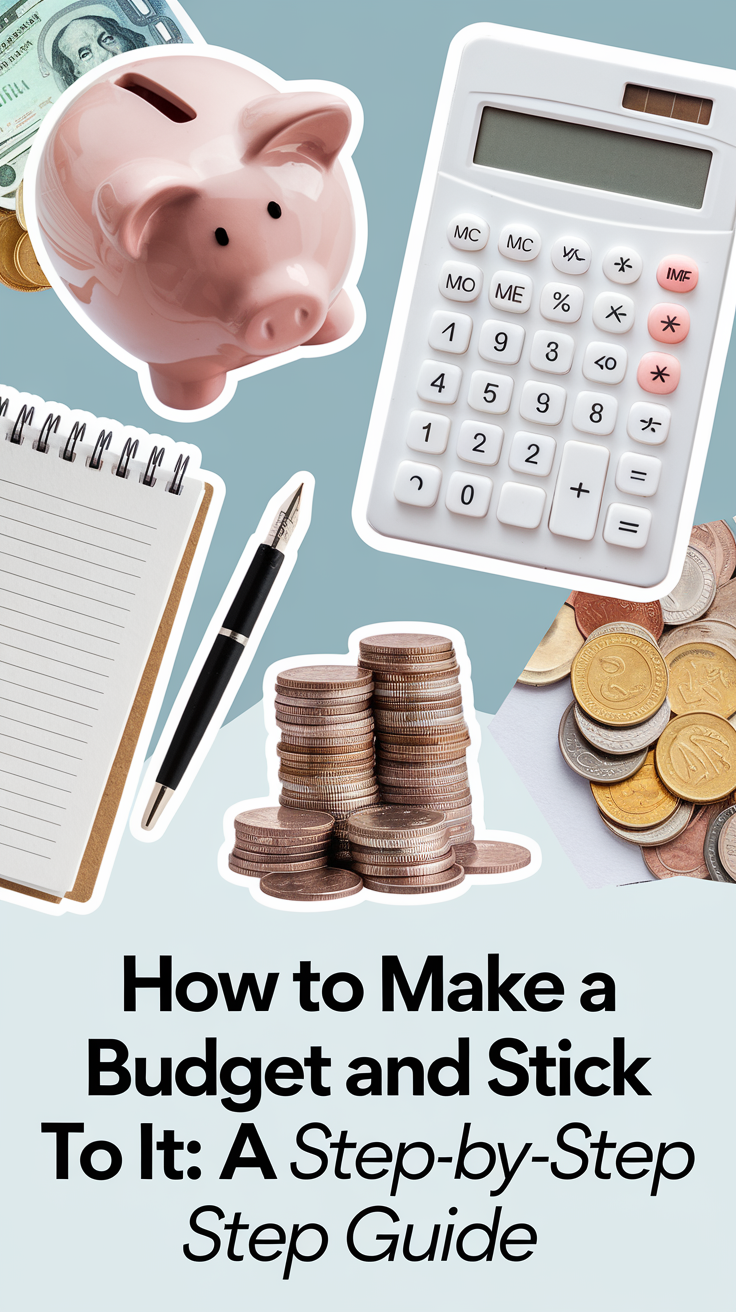What is the Golden Rule of Saving Money? Learn How to Pay Yourself First
Saving money is the cornerstone of financial independence. It’s a practice that requires discipline, focus, and a clear understanding of your goals. At its core, the golden rule of saving money is simple: pay yourself first. This principle ensures that before you spend on anything else, you allocate a portion of your income toward savings. Let’s dive into the details of this golden rule, explore its benefits, and uncover practical ways to incorporate it into your daily life.
Why Paying Yourself First Works

When you prioritize saving, you shift your mindset from reactive to proactive financial planning. Paying yourself first is not just a habit; it’s a strategy that ensures financial growth and stability.
Key Benefits:
- Builds Financial Discipline: By saving first, you make it harder to spend money frivolously.
- Encourages Wealth Growth: Savings, when invested wisely, can grow significantly through compound interest.
- Reduces Financial Stress: Having a financial cushion provides peace of mind for unexpected expenses.
Benefits of Paying Yourself First
| Benefit | Description |
|---|---|
| Financial Discipline | Encourages mindful spending habits |
| Wealth Growth | Allows for investments that yield returns |
| Reduced Financial Stress | Provides a safety net for emergencies |
How to Implement the Golden Rule
Adopting this rule requires intentional planning and consistent action. Here are practical steps to make it part of your financial routine:
1. Set Specific Goals
Determine why you are saving:
- Emergency fund
- Down payment on a house
- Retirement or investment plans
2. Automate Your Savings
Set up automatic transfers to a savings or investment account to ensure consistency. This removes the temptation to skip saving and keeps you on track.
3. Budget Effectively
A detailed budget helps you balance saving and spending. Use the 50/30/20 rule:
- 50% for needs (rent, groceries, bills)
- 30% for wants (entertainment, dining out)
- 20% for savings and debt repayment

50/30/20 Budget Example
| Category | Allocation (%) | Monthly Income of $3,000 | Amount |
| Needs | 50% | $3,000 | $1,500 |
| Wants | 30% | $3,000 | $900 |
| Savings | 20% | $3,000 | $600 |
4. Monitor and Adjust
Life changes. Regularly evaluate your budget and savings plan to ensure they align with your current circumstances and goals.
Overcoming Challenges
While the golden rule is straightforward, implementing it isn’t always easy. Here are common challenges and how to overcome them:
Tight Budgets
Even with limited income, saving is possible. Start small—even $10 a week can build momentum. Gradually increase as your financial situation improves.
Debt vs. Savings
Focus on paying off high-interest debt while still allocating a small portion to savings. This balances financial growth with reducing liabilities.
Staying Motivated
Track your progress with tools or apps, and celebrate milestones. Visualizing your financial goals can help keep you committed.
Practical Tools and Strategies

High-Yield Savings Accounts
Maximize your savings by using accounts with higher interest rates. Over time, this can significantly grow your funds.
Side Income Opportunities
Consider freelance work, part-time jobs, or passive income streams to increase your savings potential.
Tax-Advantaged Accounts
Utilize accounts like 401(k)s, IRAs, or HSAs for specific savings goals while enjoying tax benefits.
Real-Life Example: The Power of Small Steps
Let’s say you earn $3,000 a month and save $600 (20%). Over five years, without accounting for interest, you’d have $36,000. If invested with an annual return of 5%, your savings could grow to over $40,000. This demonstrates the power of consistency and compound growth.
FAQs
1. What percentage of my income should I save?
Aim for at least 20%, but adjust based on your goals and financial obligations.
2. Should I save or pay off debt first?
Focus on high-interest debt while maintaining a small savings contribution for emergencies.
3. What tools can help with saving?
Budgeting apps like Mint, YNAB, or PocketGuard are great for automating and tracking savings.
4. How does inflation affect savings?
Invest in accounts or assets with returns that outpace inflation to preserve the value of your savings.
5. How can I stay consistent with saving?
Automate your savings, set clear goals, and track progress to maintain motivation.






